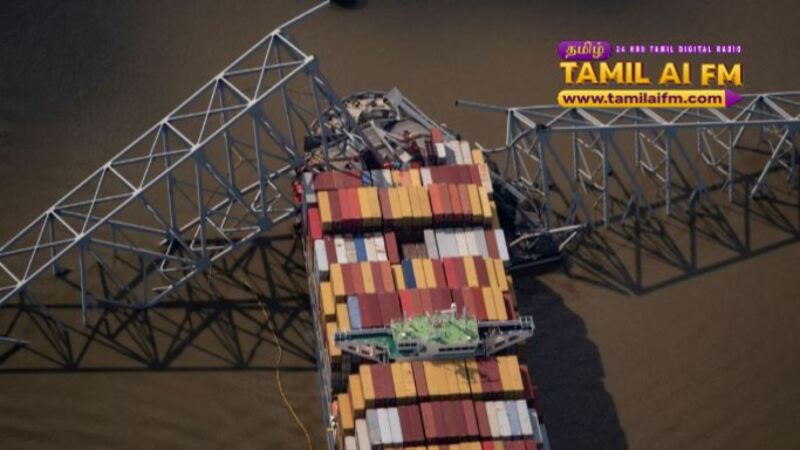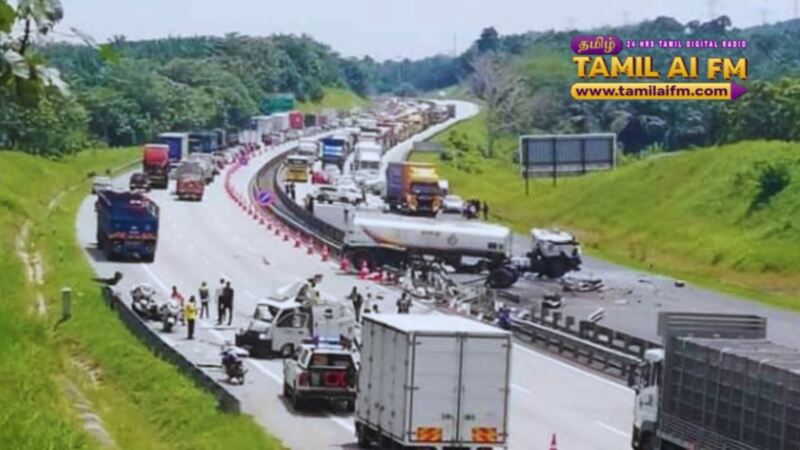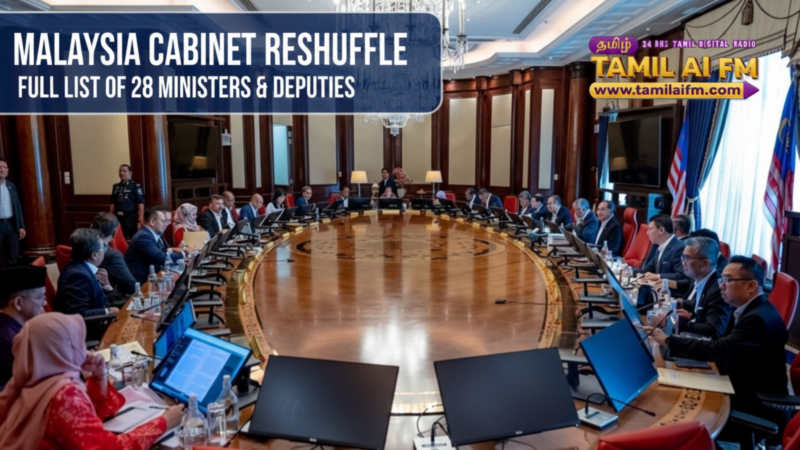WASHINGTON, Nov 19 — The NTSB said yesterday a loose wire caused a power failure on the 984-foot cargo ship Dali, leading to its March 2024 collision with Baltimore’s Francis Scott Key Bridge that killed six construction workers and destroyed the span.
The investigation found a single loose wire in the electrical system caused a breaker to unexpectedly open, launching a sequence of events that led to two vessel blackouts and a loss of propulsion and steering.
The NTSB found wire-label banding prevented the wire from being fully inserted, causing an inadequate connection.
NTSB Chair Jennifer Homendy compared the painstaking search for the wire to finding a single loose rivet on the Eiffel Tower. The NTSB and the ship’s manufacturer HD Hyundai Heavy had to test thousands of wires to find the problem, she added. “It’s like finding a needle in the haystack.”
The board also said contributing to the collapse was the lack of countermeasures to reduce the bridge’s vulnerability from impacts by ocean-going vessels, which could have been implemented if a vulnerability assessment had been conducted by the Maryland Transportation Authority.
A replacement bridge was initially estimated to cost US$1.7 billion (RM7.05 billion) to US$1.9 billion and be completed by late 2028. On Monday, state officials said they now expect the bridge will cost US$4.3 billion to US$5.2 billion and open to traffic only in late 2030. They cited a new pier protection system and a new longer, higher design as reasons for the increased costs.
The board staff said they recommended operators complete periodic inspections of high-voltage switchboards and proposed changes that would allow ships to more quickly recover from a loss of power.
The NTSB has said previously the Dali lost electrical power several times before the crash into the Key Bridge, including experiencing a blackout during in-port maintenance and shortly before the crash.
Power outages happen at sea and the NTSB made numerous new recommendations to prevent catastrophic collisions, including to the US Coast Guard. It also called on Hyundai Heavy to incorporate “proper wire-label banding installation methods.”
The Key Bridge, like many other bridges, was not equipped with a warning system to prevent motorists from driving onto the bridge in the event of a hazard.







